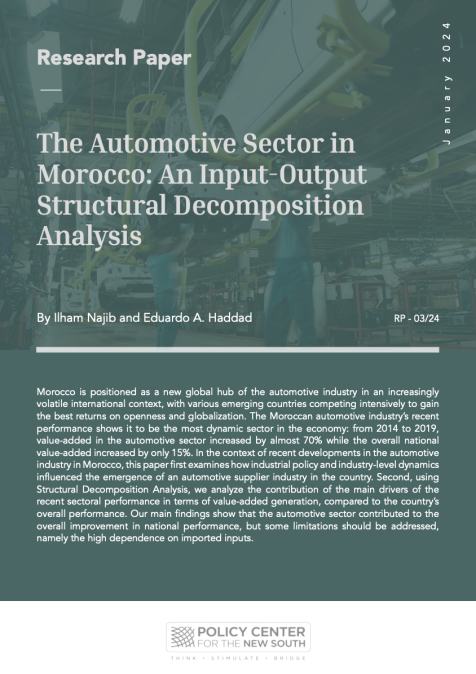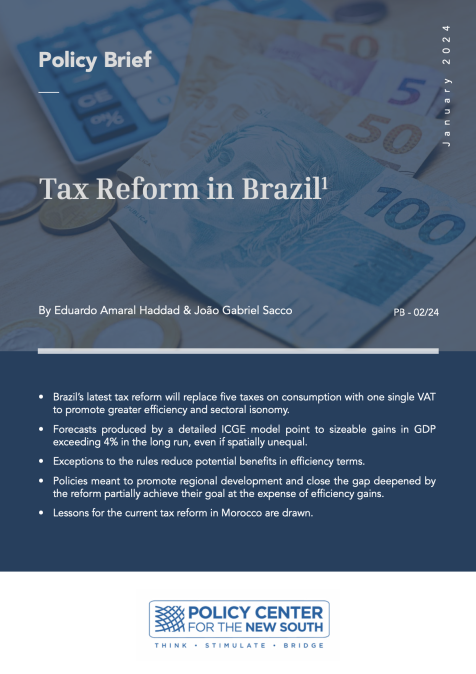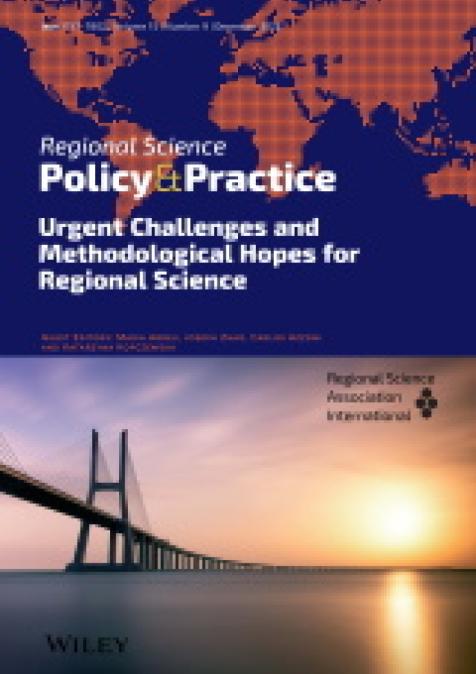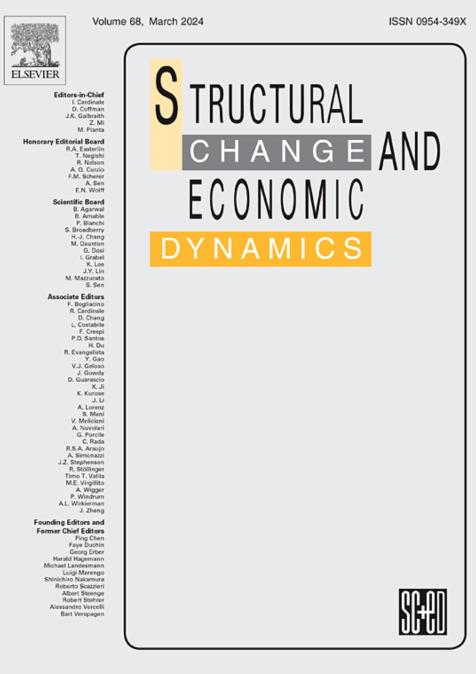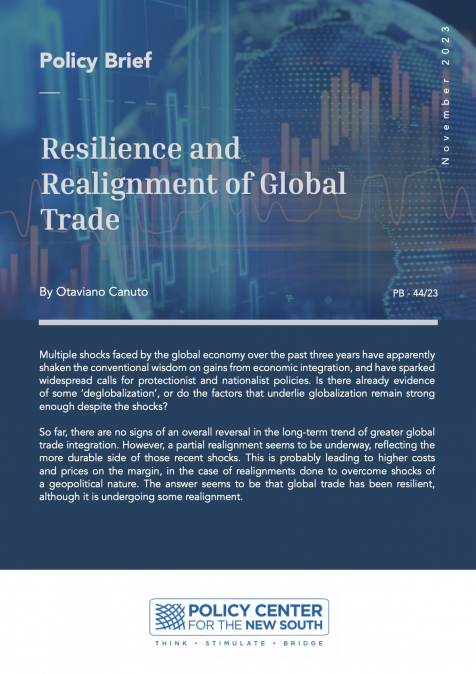Publications /
Research Paper
The aim of this work is to contribute to the empirical literature on employment-GDP elasticities in four main ways. First, it provides a set of employment-GDP elasticities for a sample of emerging and developing economies, including 11 sub-Saharan countries, based on the GGDC 10-sectors database. Second, it assesses the extent to which manufacturing activities are inclusive compared to the rest of the economy, in terms of employment creation. Third, it explores the determinants of cross-country variations in employment elasticities, both on overall and manufacturing levels, focusing in particular on the role played by structural, institutional and macroeconomic variables. Fourth, the present paper attempts to measure how different the manufacturing elasticity responsiveness is to the same set of explanatory variables, compared to the overall employment elasticity. The key results of the paper can be summarized as follows: (i) Overall point estimates of elasticities typically fall in the 0–1 range, with the majority of them ranging between 0.4 and 0.7. (ii) Elasticities vary considerably across countries and sectors, with manufacturing elasticity outperforming the rest of the economy in low-income countries in sub-Saharan Africa, while it’s below average in Latin American and Asian economies. (iii) Structural policies aimed at increasing labor market flexibility and accelerating the process of structural transformation have the same significant and positive impact on both overall and manufacturing employment elasticities. (iv) Macroeconomic policies aimed at reducing macroeconomic volatility have a significant and positive impact on manufacturing elasticity rather than the rest of the economy. We attribute that to the tradability characteristic of manufacturing products that exert pressure over the competitiveness of the domestic fabric and thus the scale of growth translation into employment. (v) Manufacturing activities tend to be more labor-intensive than the rest of the economy when agriculture employment is higher, suggesting that the “stock of unskilled labor in agriculture” feed growth in manufacturing more than the rest of the economy; (vi) The rule of law is a crucial determinant of how much growth is translated into employment. However, the sign of the coefficient is not consistent with the prevailing intuition. Countries with a better governance framework witness a lower elasticity and vice-versa. We argued that rule of law could be capturing the effect of the informal sector, which may allow more flexibility within labor markets. This channel seems to be effective in the manufacturing activities. (vii) Finally, it seems that elasticity at lower growth rates is bigger than elasticity at higher rates, even for the rest of the economy. However, the scale effect in the overall economy is lower than manufacturing. This could be explained by the possible scale economies in the manufacturing sector that outperform the rest of the economy. The automatization process and the substitution effect is more likely to occur in manufacturing than in services, especially considering that the above analysis has been conducted mainly over developing economies where services do not witness high productivity levels and low levels of cost-cuts.


